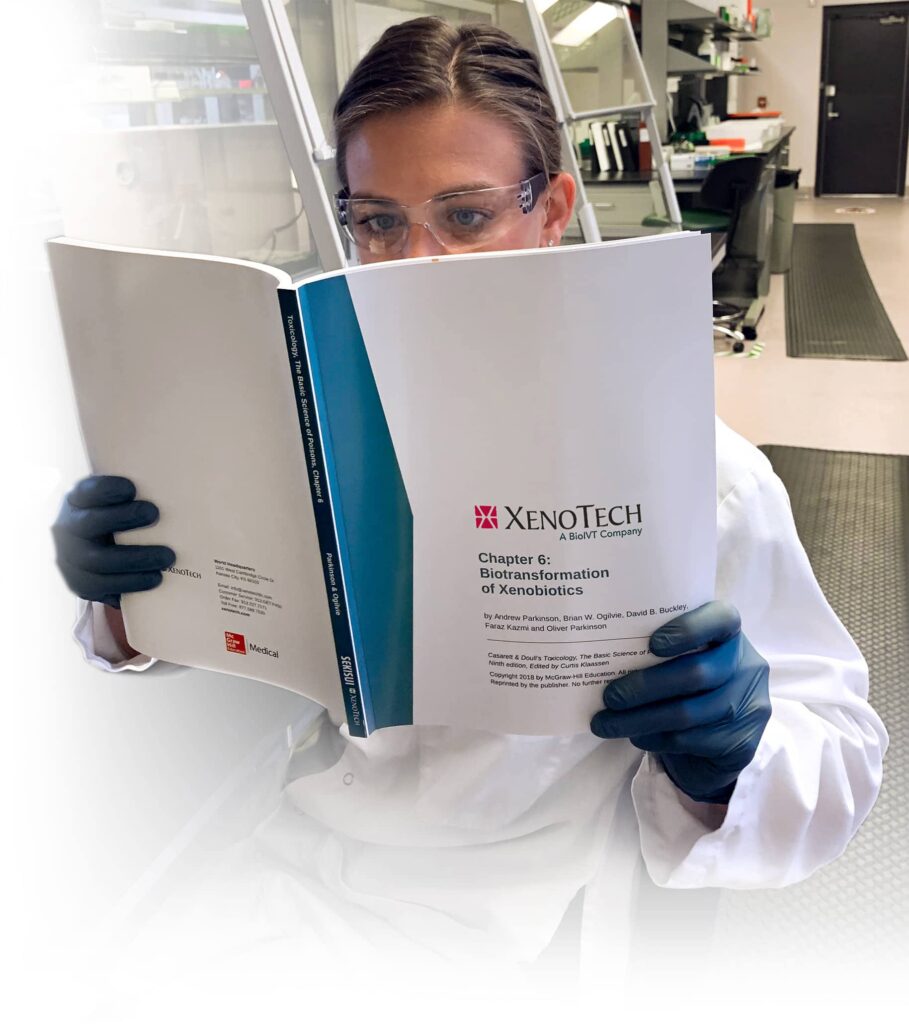
Comparative Investigation of Benzoapyrene, Procaine and Nevirapine Metabolism in Human Hepatocytes
Full Title
Comparative Investigation of Benzoapyrene, Procaine and Nevirapine Metabolism in Human Hepatocytes
Abstract
Skin metabolism is an important contributor to the safety and efficacy of dermally applied drugs, despite the fact that drug metabolizing enzyme activity is typically lower in the skin than in other organs more commonly associated with metabolism (Oesch et al., 2007). Therefore in vitro skin metabolism assays are necessary for development of topically-applied compounds. Knowledge of the drug metabolizing enzymes present in skin is incomplete, but several cytochrome P450 enzymes, flavin-dependent monooxygenases, alcohol and aldehyde dehydrogenases, various hydrolytic enzymes, and conjugation enzymes including glutathione S-transferase, glucuronosyltransferase, sulfotransferase, acetyltransferases and methyl transferase have been characterized in mammalian skin (Oesch et al., 2007; van Eijl et al., 2012). Consequently, skin metabolism can be as diverse as liver metabolism and needs careful experimentation to fully understand exposure profiles. The European animal testing ban of 2013 recently further reinforced the need for simple and reliable skin metabolism modeling assays for cosmetics safety testing. Procuring and working with skin-based test systems can be challenging. Viable whole skin for short-term culture is difficult to obtain and expensive apparatus are needed. Skin has high collagen content, which makes it difficult to process to subcellular fractions. Drug metabolizing enzymes found in skin are generally localized to keratinocytes in the epidermis making them a viable option, but they are difficult to isolate and culture, and culture conditions can strongly affect the drug metabolizing capabilities of the cells (Oesch, et al., 2007). The use of normal human 3D skin tissue models for genotoxicity and sensitization assays is rapidly increasing as an alternative approach (Brinkmann et al., 2013).
In the present study, the commercially-available 3D skin model EpiDermTM (MatTek, Ashland, MA) was evaluated for metabolism of the three diverse test compounds benzo[a]pyrene, procaine and nevirapine and was compared to the well-established liver metabolism model cryopreserved human hepatocytes. EpiDermTM is a tissue culture model comprising reconstructed human epidermal cells differentiated into keratinocytes, resulting in a close representation of the human epidermis (Boelsma et al., 2000).